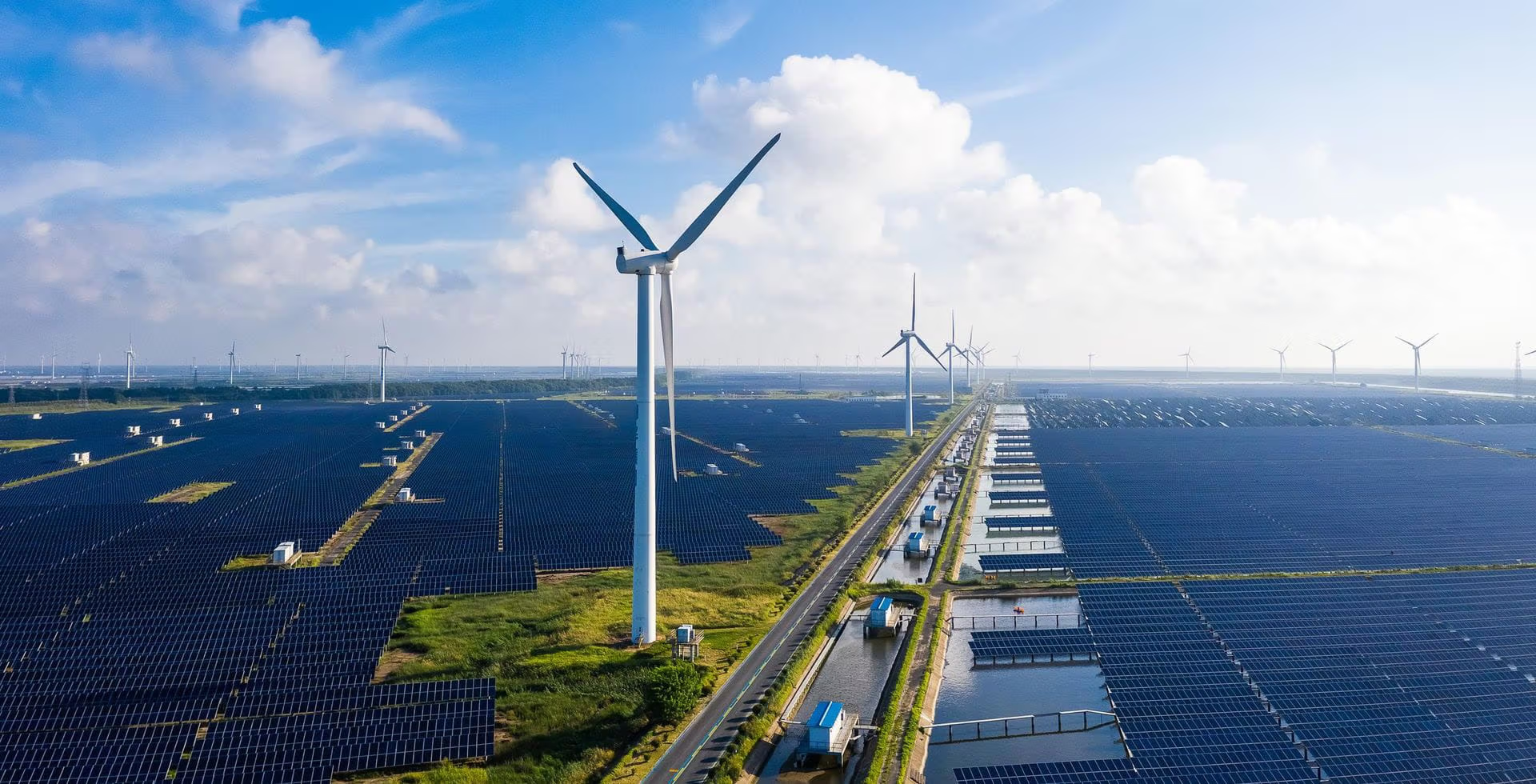Introduction
The twenty-first century is witnessing one of the most transformative shifts in human history: the global energy transition. Driven by climate change imperatives, technological innovation, and economic restructuring, the shift from fossil fuels to renewable and low-carbon energy sources has become both a necessity and an opportunity. This transformation is not merely about replacing coal, oil, and gas with wind, solar, and hydrogen. It is about reshaping societies, economies, and governance systems for a sustainable future.
This article explores how energy transition shapes global sustainability and economic growth, analyzing historical context, technological enablers, regional variations, economic impacts, and policy frameworks. By combining case studies, comparative perspectives, and future scenarios, the article argues that the energy transition is both an environmental imperative and a new driver of global prosperity—if managed responsibly.
1. Historical Context: From Industrial Revolution to Energy Revolution
- Fossil Fuel Dominance (18th–20th centuries): Coal powered the industrial revolution, oil fueled mobility, and natural gas supported modern electricity and heating. These fuels enabled economic growth but also created long-term ecological costs.
- The Turning Point (1970s–1990s): Oil shocks highlighted vulnerabilities in fossil dependency, while early environmental movements warned of ecological collapse.
- The New Era (21st century): Climate science (IPCC reports), international accords (Paris Agreement), and plunging renewable costs redefined energy as a question of survival rather than convenience.
Thus, energy transition is not a sudden event but the latest stage in humanity’s evolving energy history, marking a decisive break with the carbon-intensive past.
2. Drivers of Energy Transition
- Climate Imperatives
- Global warming threatens biodiversity, food systems, and human health.
- Decarbonization is essential to achieve net-zero emissions by mid-century.
- Economic Competitiveness
- Renewables are now cheaper than fossil fuels in many regions.
- Green industries create jobs in installation, manufacturing, and innovation.
- Geopolitical Realignment
- Oil and gas have long shaped international power dynamics.
- Renewables reduce dependence on fossil exporters, diversifying global energy security.
- Technological Breakthroughs
- Advances in battery storage, hydrogen production, and digital grids enable large-scale adoption.
- Smart systems increase efficiency, reducing waste.
3. Energy Transition and Global Sustainability
3.1 Environmental Benefits
- Reduced greenhouse gas emissions, slowing climate change.
- Improved air quality, lowering global health costs.
- Preservation of ecosystems by decreasing extractive pressures on land and water.
3.2 Social Dimensions
- Energy access: Decentralized renewables bring electricity to remote regions.
- Equity: Risk of “green divide” if poorer countries cannot afford transition.
- Public health: Decreased respiratory diseases from reduced pollution.
3.3 Governance and Ethics
- Calls for just transition to ensure workers and communities dependent on fossil industries are not left behind.
- International cooperation needed to share technology and financing.
4. Economic Growth in the Age of Energy Transition
Energy transition is often criticized as costly. However, evidence shows it can fuel growth if strategically managed.
4.1 Green Industries as Growth Engines
- Solar and wind power sectors are among the fastest-growing employers worldwide.
- Electric vehicle (EV) markets stimulate innovation in batteries and materials.
- Hydrogen economy promises to revolutionize heavy industry and shipping.
4.2 Cost Dynamics
| Energy Source | Average Cost (per kWh, 2023) | Trend | Notes |
|---|---|---|---|
| Coal | $0.08–0.15 | Rising | Includes pollution costs |
| Natural Gas | $0.06–0.12 | Volatile | Price shocks due to geopolitics |
| Solar (Utility) | $0.02–0.04 | Declining | Competitive in most regions |
| Wind (Onshore) | $0.03–0.05 | Declining | Stable output in windy regions |
| Battery Storage | $0.10–0.15 | Rapidly falling | Key for grid stability |
4.3 Investment and Innovation
- Global clean energy investment reached $1.7 trillion in 2023, surpassing fossil fuel investment for the first time.
- Venture capital in climate-tech startups accelerates innovation across grids, carbon capture, and mobility.
5. Regional Perspectives

5.1 Europe: The Green Leader
- Ambitious European Green Deal aims for net-zero by 2050.
- Heavy investment in offshore wind, hydrogen corridors, and smart cities.
5.2 China: Scale and Speed
- World leader in solar panel production and EV manufacturing.
- Balances green investment with continued coal use to secure energy stability.
5.3 United States: Innovation Hub
- The Inflation Reduction Act (2022) provides $369 billion in climate and clean energy funding.
- Private sector drives battery, AI-powered grids, and carbon removal tech.
5.4 Global South: Opportunities and Challenges
- Africa has immense solar potential but struggles with financing.
- Latin America benefits from hydropower but faces social resistance to large projects.
- Just transition requires fair financing and technology transfer to avoid marginalization.
6. Case Studies
Case 1: Germany’s Energiewende
- Ambitious renewable adoption but struggled with coal phase-out.
- Lessons: Policy must align with grid infrastructure and social acceptance.
Case 2: India’s Solar Mission
- Rapid expansion of solar parks, now among the cheapest in the world.
- Shows how emerging economies can leapfrog fossil dependency.
Case 3: The Gulf States’ Diversification
- Saudi Arabia and UAE investing heavily in hydrogen and solar.
- Motivated by both sustainability and post-oil economic survival.
7. Challenges of Energy Transition
- Intermittency and Storage: Solar and wind depend on weather.
- Critical Minerals: Lithium, cobalt, and rare earths create new supply risks.
- Infrastructure Gaps: Many grids are outdated and incompatible with renewables.
- Political Resistance: Fossil lobbies resist reforms in many countries.
- Global Inequality: Developed nations lead, but developing nations risk being left behind.
8. Future Scenarios: Energy Transition by 2050
Optimistic Scenario
- Renewables supply 80–90% of electricity.
- Net-zero achieved in most developed and emerging economies.
- Green industries become the backbone of global economy.
Moderate Scenario
- Progress uneven, with developed nations leading while Global South lags.
- Fossil fuels remain significant but declining.
- Some regions achieve sustainability, others face climate stress.
Pessimistic Scenario
- Fossil dependence persists due to political resistance and underinvestment.
- Climate disasters worsen inequality.
- Energy divides fuel geopolitical instability.
9. Policy Recommendations
- Accelerate Green Financing: Expand climate funds for the Global South.
- Invest in Grid Modernization: Smarter, more resilient networks are essential.
- Promote Just Transition: Support workers and communities in fossil-dependent industries.
- Foster International Cooperation: Technology transfer and joint innovation to avoid fragmentation.
- Encourage Circular Economy: Recycling of batteries and critical minerals to reduce supply risks.
Conclusion
The global energy transition is not simply a technological shift—it is a civilizational transformation. It intertwines environmental responsibility with economic opportunity, reshaping how nations compete, cooperate, and grow. While challenges remain, the potential is immense: cleaner air, sustainable jobs, and resilient economies.
Ultimately, powering the future is about more than kilowatts and gigatons. It is about whether humanity can align economic growth with the survival of the planet. The decisions made in the next two decades will determine whether the energy transition becomes a story of sustainable prosperity—or a missed opportunity in the face of climate crisis.
















































